For most people, the choice of lens comes down to a choice between vintage and modern. Modern lenses with aspherical elements and modern coating tend to produce very sharp images without failures and aberrations, which is, however, perceived by many people as a too “sterile” and “clinical” rendering. Vintage lenses, by contrast, tend to have less perfect rendering, which most people find aesthetically pleasing; these lenses are said to have “character”. In this review, I am going to talk about a lens that unites the best of both worlds: it renders perfectly like a modern lens, but without the clinical and sterile look associated with lenses that have aspherical elements. Let me introduce the Voigtänder Skopagon 40mm f2 lens from 1961!
History
At the end of 1950s, German camera industry came under increasing pressure from their Japanese competitors. One feature that made Japanese cameras more sought after among journalist was the availability of extremely fast lenses. Canon rangefinders, for example, sported a 35mm f1.5, 50mm f1.2 and 85mm f1.5 lenses. German manufacturers were irritated by this trend, which they considered as a treason against their profession, since these lenses heavily compromised optical quality in favor of speed. (Famously, one Zeiss designer was so irritated by this trend at Photokina 1966 that he hastily manufactured the fake lens Super-Q-Gigantar 40mm f0.33, but that is another story.) The philosophy of German engineers was that the camera industry should produce those lenses the costumers ought to want and not those that they actually want. So, Voigtänder decided to counter this trend by producing a fast moderate wide-angle lens that was usable at every aperture. “Usable” in this case means that it produces pictures that are up to the most demanding standards of German engineers, not that it is capable of making some blurry images. From this decision, the Skopagon was born in 1961.
The Skopagon is 40mm f2 lens. Thanks to its 9 elements in 5 groups design, it is well corrected for most aberrations and defects. In order to compensate for this complex design, the lens was manufactured according to the highest possible standards. The maximum allowed distance between the centers of the 9 elements was 50 µm, which is roughly 1/10 of the width of a blond hair. Of course, the high standards of production led to a high price: it cost DM 440 in 1961. By comparison, the other fast lens available for the Bessamatic, the Septon 50mm f2 cost DM 298, and the Summilux 50mm f1.4 introduced the same year as the Skopagon cost DM 519. No surprise that only 3582 pieces of the Skopagon were produced.
Performance
As you can expect from a lens produced to such high standards, performance from the Skopagon 40mm f2 is nothing sort of stellar: it delivers the optical performance of a modern lens with aspherical elements without the sometimes overly sterile, clinical look of modern lenses. My points of comparison were the Leica Elmarit R 35mm f2.8 II from 1978 and the Cosina-Voigtänder Ultron 40mm f2 from 2007, which has an aspherical element. The short conclusion is that the Skopagon outperforms the Elmarit at every aperture setting and produces pictures that have the same corner to corner sharpness and the same resolution as those made by the Ultron. The main difference between the Skopagon and Ultron is that the Ultron renders more contrasty, in a more “modern” way, whereas the Skopagon delivers a softer, more “vintage” look. Also, the Ultron reproduces colors in a more neutral way, in a cooler tone, whereas Skopagon has a warmer color reproduction.

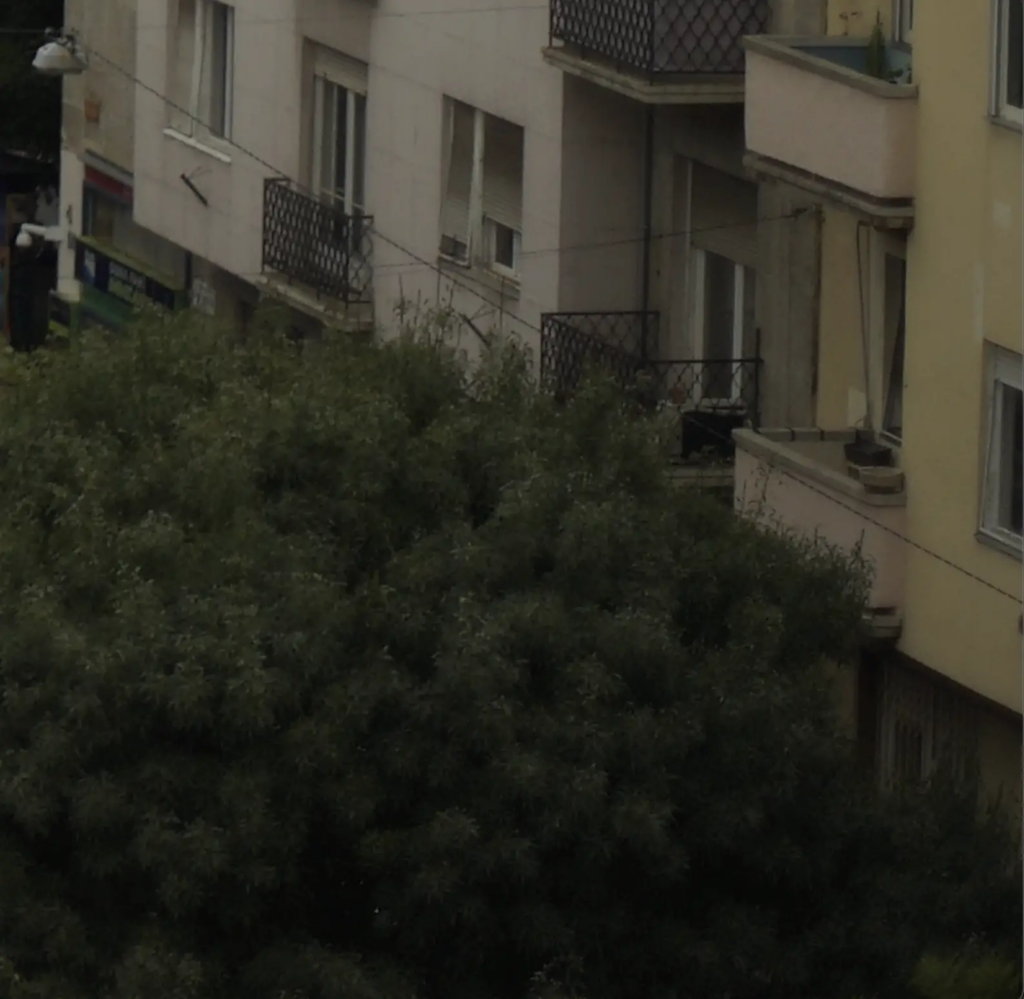


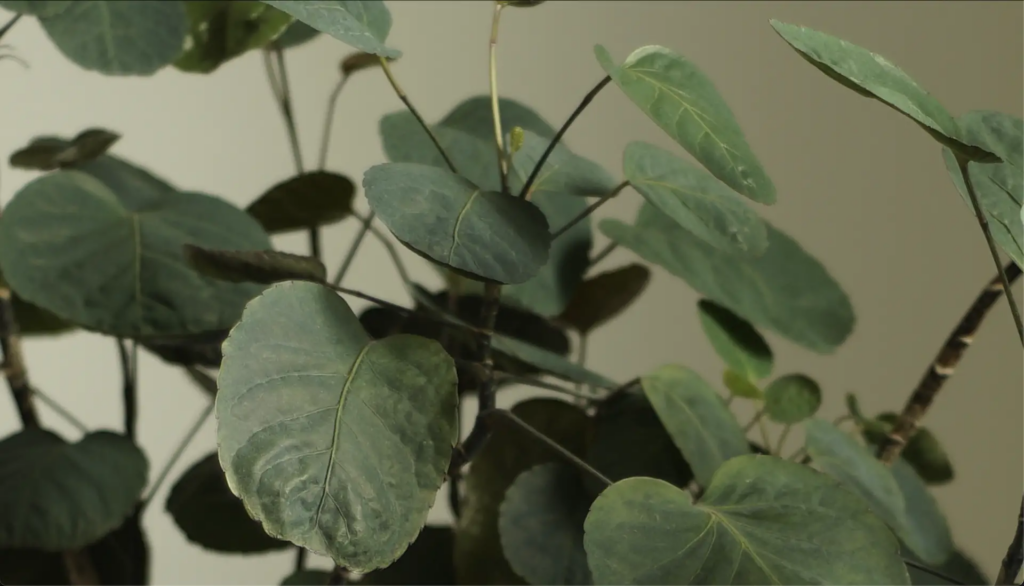
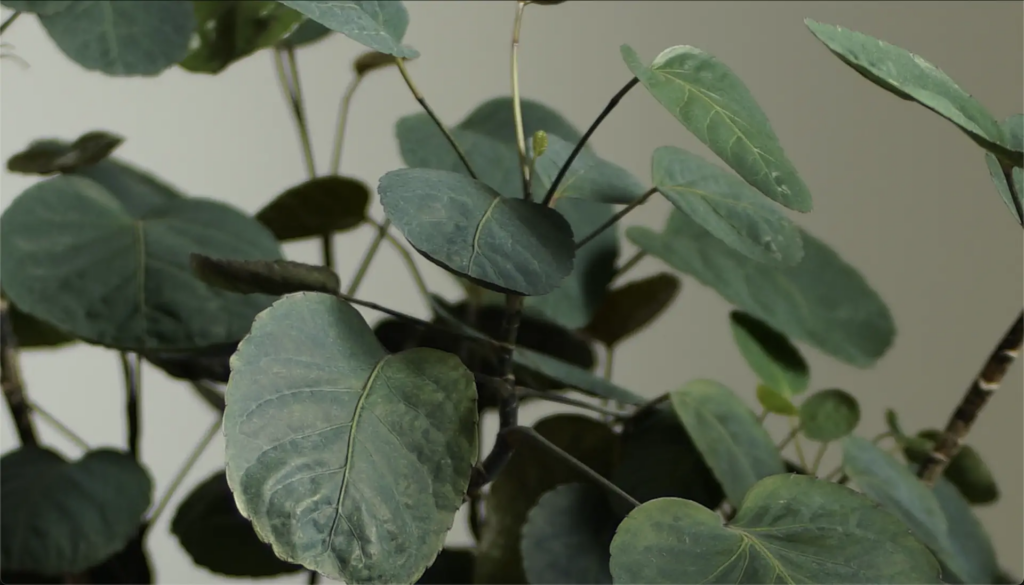
Actual use
In actual use, this means that the Skopagon 40mm f2 is able to produce pictures that are sharp from edge to edge even with open aperture. Usually, one can easily tell which pictures were taken with an open aperture, since the corners are less sharp, there is some coma etc. On pictures taken with the Skopagon, I had to rely on my notes in order to decide, which pictures were taken at f2. For example, on this picture everything is plenty sharp, although it was taken at f2 at a relatively close distance.
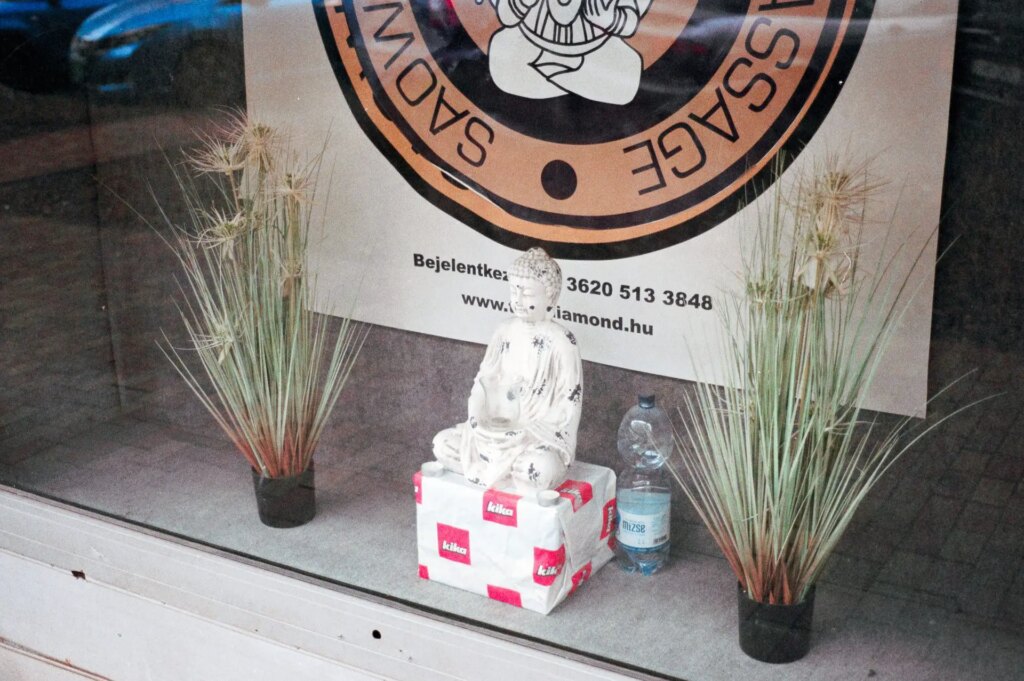
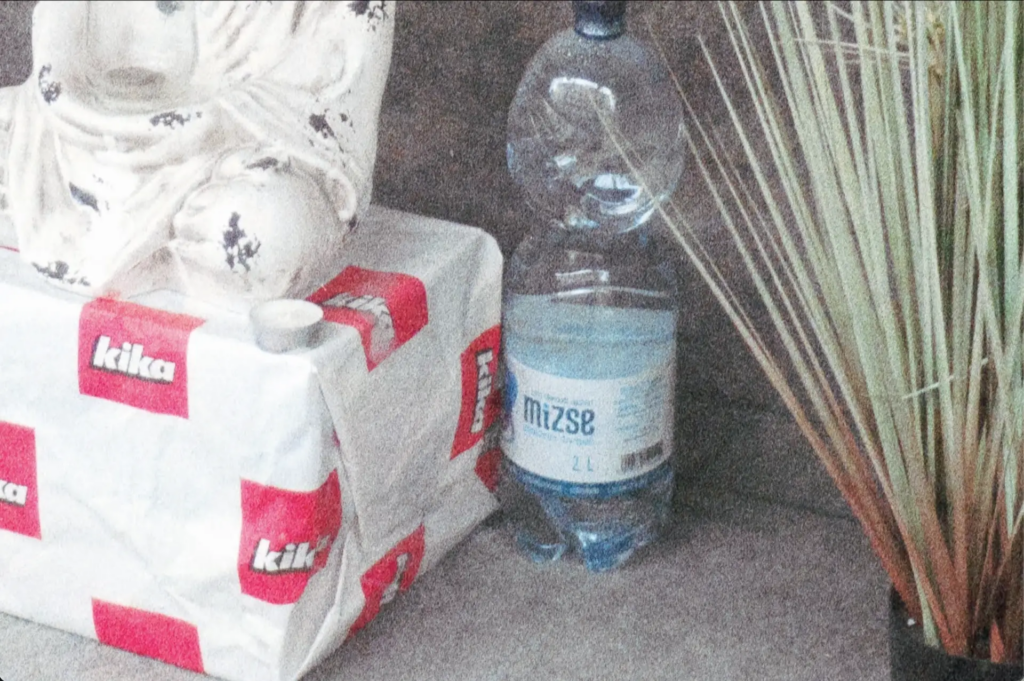
The Skopagon 40mm f2 also delivers fantastic colors with almost no chromatic aberration.

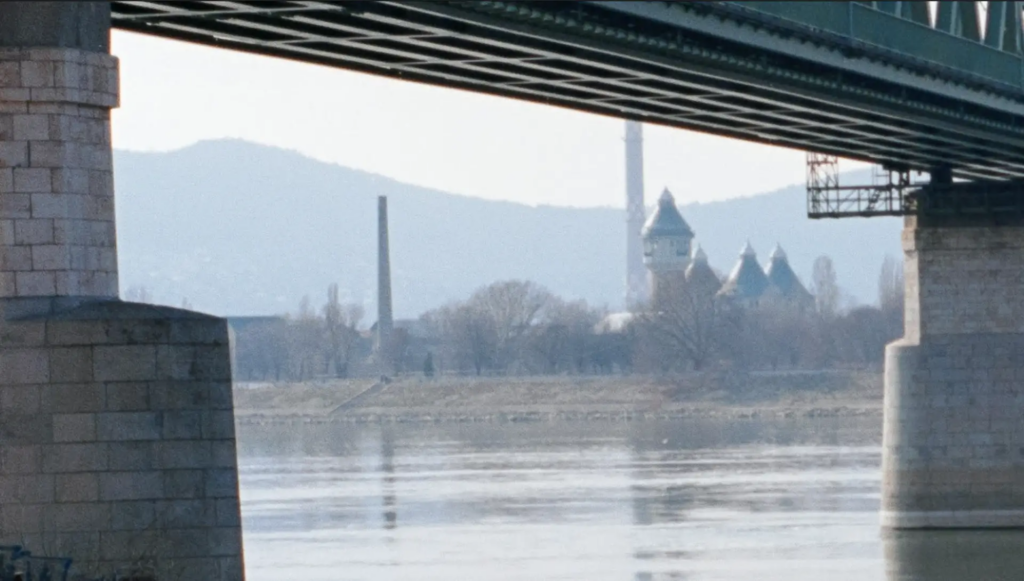
The resolution is also outstanding. This picture shows that the Skopagon 40mm f2 handles backlight also very well.
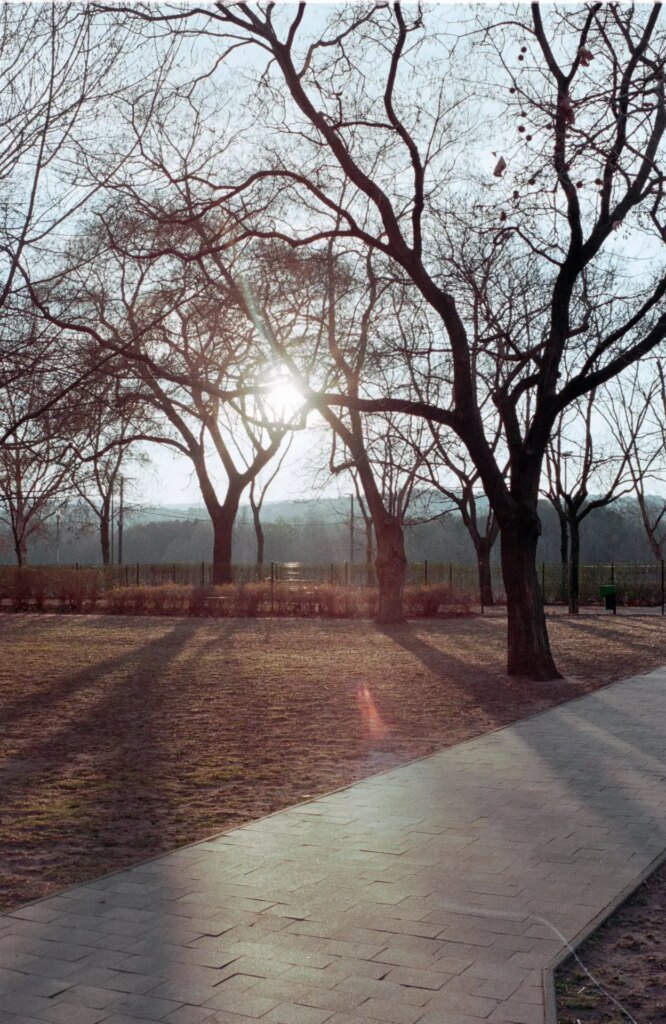
One picture tells worth thousand words, as they say, so here are further examples.

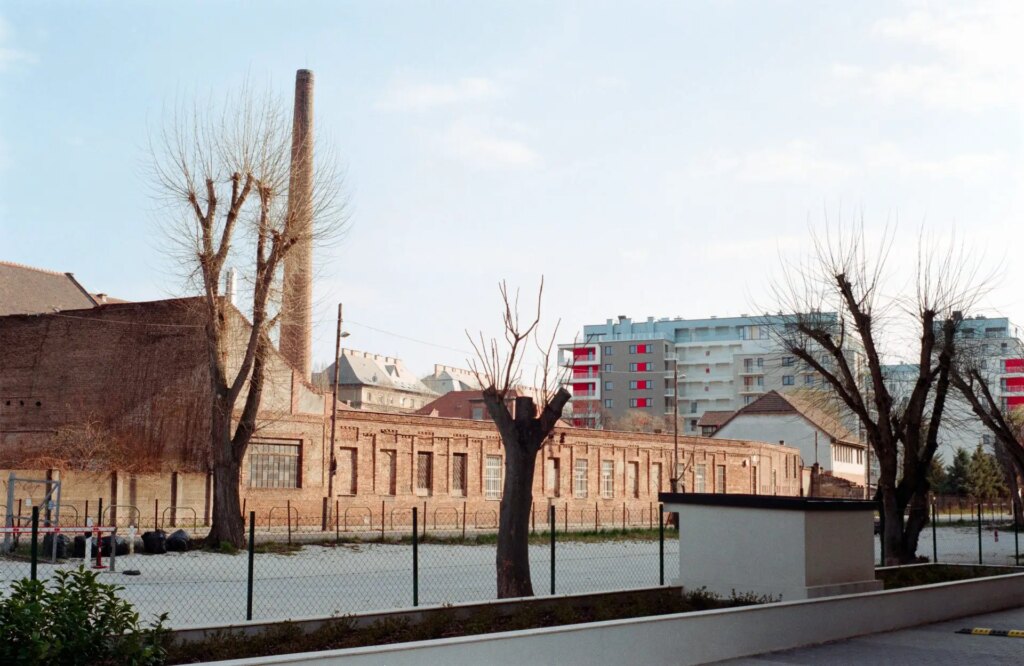
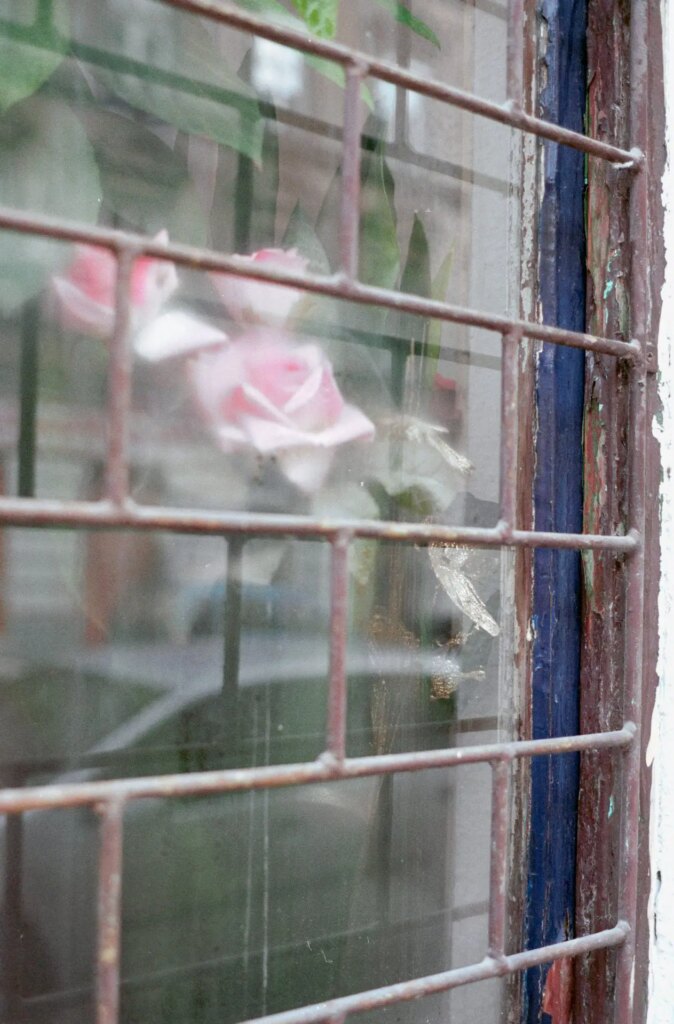
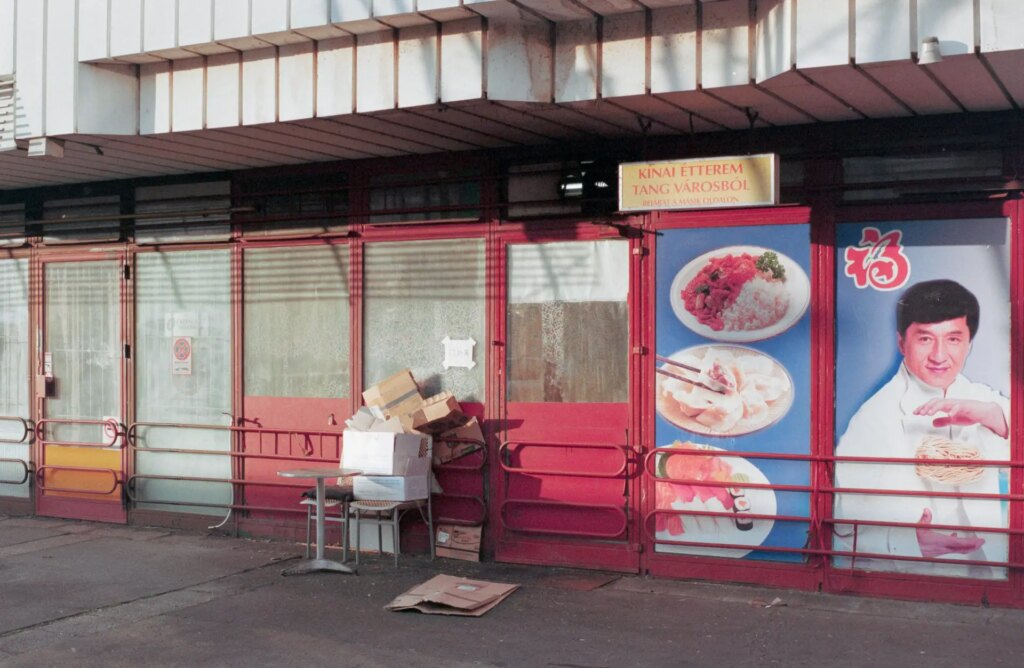
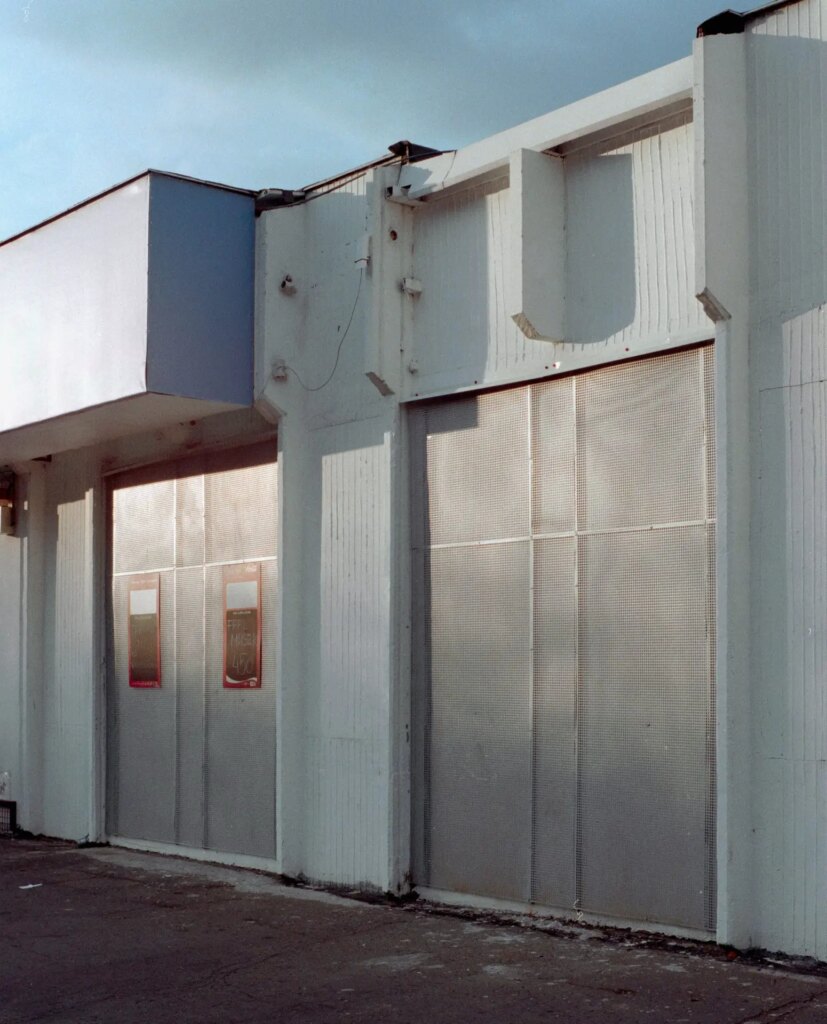
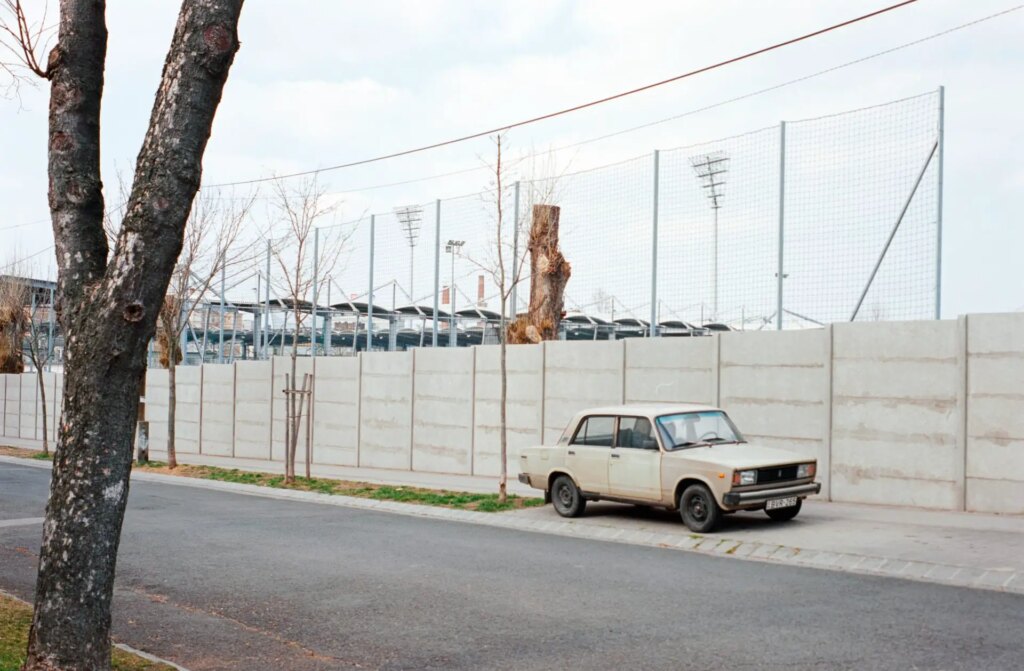

Drawbacks
Although the Skopagon 40mm f2 is the best I have ever used, be warned that it is not perfect. One drawback is the mediocre minimum focusing distance. Two versions of the lens were made: lenses made between 1961 and 1965 had a minimum focusing distance of 0,9m, the very few lenses made between 1965 and 1968 had an improved minimum focusing distance of 0,5m. It is said that the engineers did not allow the user to focus too close with the lens because – absent a floating element or close distance correction – the performance of the lens when focused closer did not live up to their standards…
0,9m might not sound that bad, but as soon as you adapt the lens on a modern digital camera, that can easily turn into something like 1,2m or more depending on the tolerance of the adapter. This points us to another drawback of the Skopagon 40mm f2: its native mount is the DKL-mount of the Bessamatic and Ultramatic series, which means that the lens itself lacks an aperture ring. That is, the aperture has to be set on the adapter, which makes adapters relatively expensive. There is, however, an advantage to DKL-mount: due to its long flange distance, DKL-lenses can be adapted not only to mirrorless cameras, but also to Canon and Nikon cameras.
One more thing to be aware of is separation. As most lenses consisting of many elements of the time, Skopagon 40mm f2 is also prone to separation, which is not repairable. So, always double-check before purchasing!
Thanks for reading! You can find me on instagram.
Share this post:
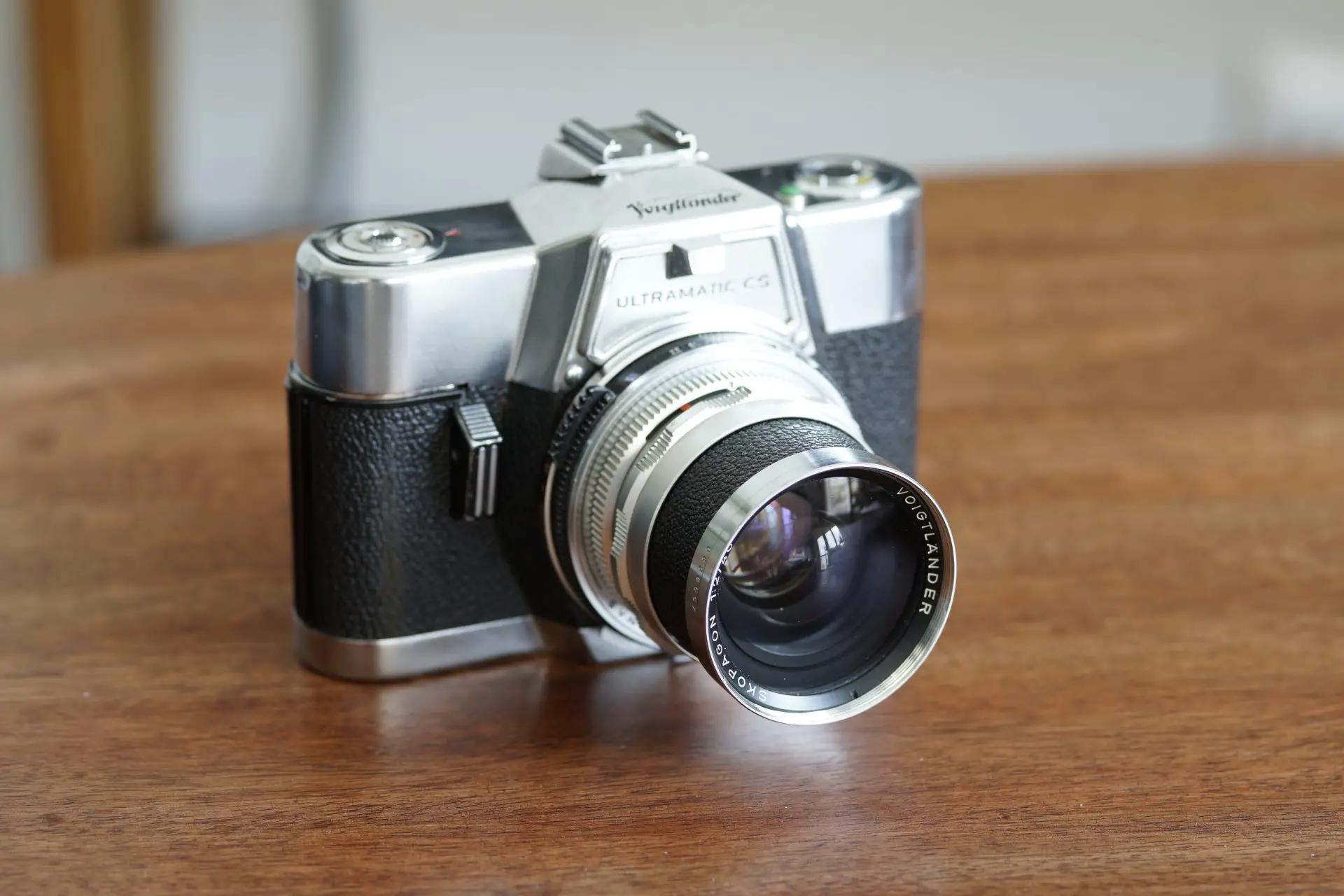








Comments
Eugen Mezei on Voigtänder Skopagon 40mm f2 – a Vintage Lens with Modern Performance – By Oliver Toth
Comment posted: 03/10/2022
Pete on Voigtänder Skopagon 40mm f2 – a Vintage Lens with Modern Performance – By Oliver Toth
Comment posted: 03/10/2022
Of course I immediately ran to Ebay but alas... the computer says 'no'. Too rare, obviously.
Jonathan Leavitt on Voigtänder Skopagon 40mm f2 – a Vintage Lens with Modern Performance – By Oliver Toth
Comment posted: 04/10/2022
Brett Rogers on Voigtänder Skopagon 40mm f2 – a Vintage Lens with Modern Performance – By Oliver Toth
Comment posted: 03/01/2023
Cheers
Brett
Comment posted: 03/01/2023